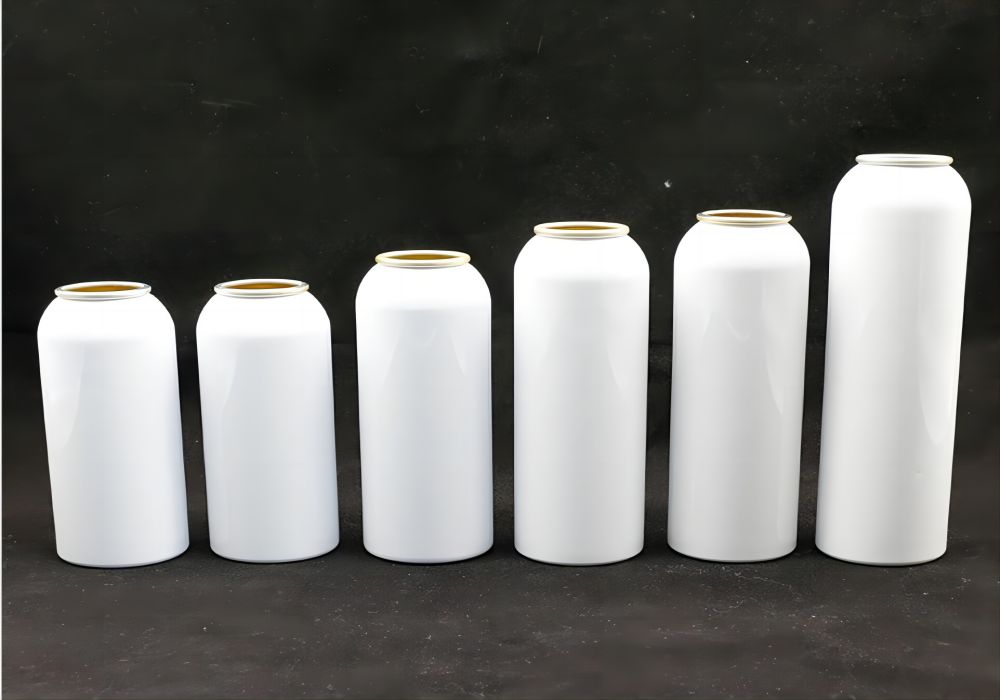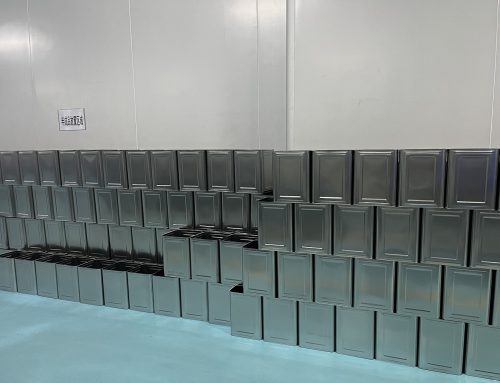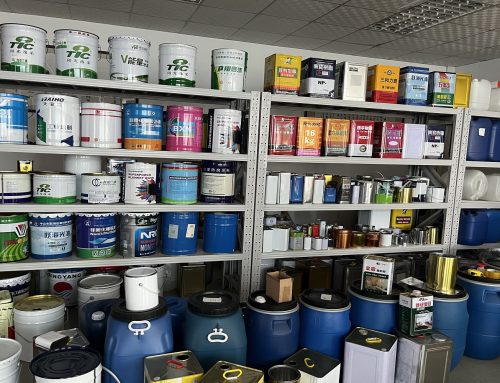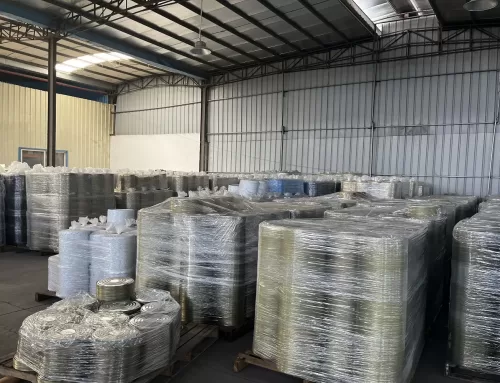The packaging industry has consistently been one of the significant consumption markets for aluminum, with rapid development. Around 21% of the global aluminum production in 2005 was dedicated to packaging and container use. Products in the packaging industry include household packaging materials, flexible packaging, food containers, bottle caps, flexible tubes, beverage cans, food cans, and more.
One of the most successful applications of aluminum in its history is the production of aluminum beverage cans. Aluminum food cans are also rapidly gaining popularity in the market, being used for packaging soft drinks, beer, coffee, fast-food items, meat products, and alcoholic beverages. Raw beer can be transported in aluminum barrels. Aluminum is also widely used in the packaging of toothpaste, food, ointments, paint tubes, pharmaceutical soft packaging, spray cans, and more.
Aluminum beverage cans, especially the two-piece all-aluminum easy-open cans since the early 1960s in the United States, are considered ideal packaging containers for beer and carbonated beverages due to their lightweight, corrosion resistance, good thermal conductivity, excellent processability, recyclability, and aesthetic appeal. With economic development and an increase in people’s living standards, the demand for easy-open cans continues to grow.

The complete aluminum can material includes three types of thin strips (0.25 to 0.30mm): body material, cover material, and pull-tab material. In the early 1930s, the United States began producing metal beer cans made of tinplate, with a general appearance not significantly different from glass bottles. In the 1950s, the can cover evolved into a flat shape, later improved to an aluminum ring-pull cover. Aluminum can covers with pull-tabs are used not only for all-aluminum easy-open cans but also for approximately 40% of tinplate three-piece cans.
Aluminum spray (aerosol, pressure) cans are also an integral part of metal container packaging. Cosmetics are one of the major users of metal packaging, ranking just below food and chemicals and higher than the pharmaceutical industry. For volatile, permeable, or solvent-containing liquid cosmetics such as mousse, liquid hair gel, insecticides, perfumes, air fresheners, hair gel water, paint, and gas storage fire extinguishing products, can-shaped spray containers are commonly used.
Aluminum spray cans are formed by extruding a single aluminum block into a one-piece can with a neck and rolled edge. As people’s awareness of quality of life rapidly increases, cosmetics, especially cosmetic products, are experiencing growing consumption. The usage of aluminum spray (aerosol, pressure) cans is expected to increase year by year. Currently, China’s annual consumption of spray cans accounts for only 6% of the world total. Although the annual growth rate of metal containers is only 4%, compared to the per capita consumption level in developed countries, China’s per capita consumption of 0.43 cans ranks second globally, indicating substantial development potential.




